The Long Range Desert Group and the birth of special operations around the world
- By Stavros Atlamazoglou
Share This Article
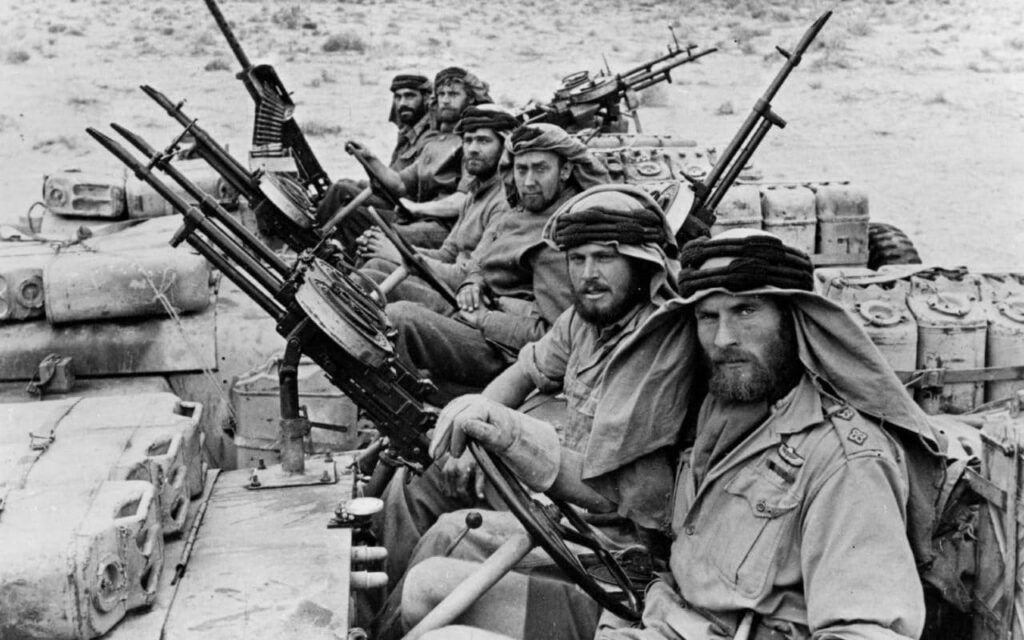
Not many people know about the small British special operations unit known as the “Long Range Desert Group” (LRDG). Although it may be small in size, it is proven to be big in impact, as it pioneered several special operations mission sets and played a significant part in the Allied victory over the German and Italian forces in North Africa during World War II.
But the LRDG and the rest of the British special operations units had a lasting effect on the U.S. military too.
The British factor
Nowadays, every military that respects itself has a special operations capability. In the U.S. military, special operations units have been elevated to the top of the food chain, becoming the go-to choice for almost every contingency, proving their worth time and again.
A handful of Army Green Berets partnered with CIA officers to topple the Taliban in Afghanistan in 2001 in just a few weeks. Delta Force and the 75th Ranger Regiment led an industrial and highly effective counter-terrorism campaign against al-Qaida in Iraq during the Iraqi insurgency.
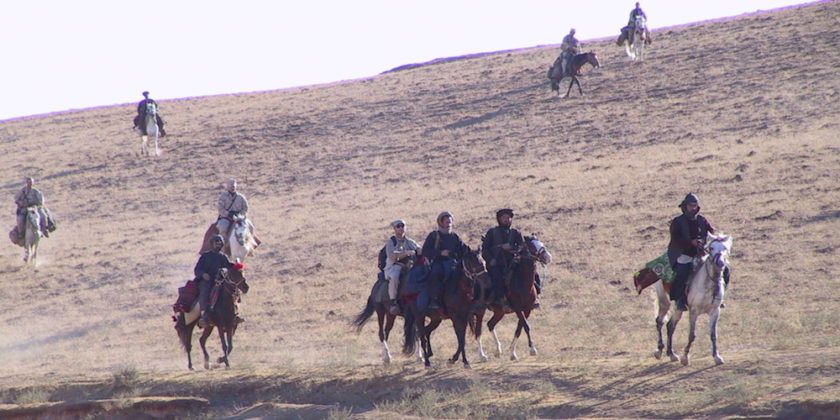
But America didn’t always have a potent special operations capability. And when it came time to create one, the U.S. military drew inspiration from a nation America has long kept close ties with: The United Kingdom.
Despite the media attention garnered by American operators in recent years, the British are the pioneers of modern special operations. In fact, America’s main elite special mission units were modeled after British units; Delta Force after the Special Air Service (SAS), the Naval Special Warfare Development Group – formerly known as SEAL Team 6 – from the Special Boat Service (SBS), and so forth.
And everything began in the deserts of North Africa when World War II was going very badly indeed for the Allies. Nazi Germany had occupied West Europe and was moving fast against Russia. German and Italian forces were on the cusp of victory in North Africa – a victory that would have led them to the vast oil reserves of the Middle East with unknown consequences for the Allies.
There, in the endless Sahara, with its scorching heat and scant water, Western modern special operations were born.
Related: How to get through Special Forces selection? Don’t be the ‘Grey Man’
The Long Range Desert Group
Created in 1940 by Major Ralph Bagnold, a Royal Engineers officer, geologist, and desert explorer, the LRDG specialized in three main mission sets: strategic reconnaissance, direct action, and infiltration and exfiltration of other special operations units.
It was the intelligence the LRDG gathered during its strategic reconnaissance missions that were the most important. Patrols employed the “Road Watch” approach, where they bivouacked close to a German or Italian road and counted every vehicle that passed, noting its type. Once this intelligence was transmitted back to the Middle East Command, British commanders were able to gauge the German Afrika Korps’ intentions.

Another important – but secondary – function of the unit was map-making. The treacherous nature of the desert environment and the mechanized nature of modern warfare necessitated accurate and reliable maps. Foot soldiers and horses could manage without good roads, but trucks and tanks weighing dozens of tons could not afford to stray away from them. The previous topographic experience of many LRDG men made the unit uniquely suitable for reconnoitering avenues of approach that could then be used by the regular army.
It was the reconnaissance skills coupled with mapmaking capabilities that brought the LRDG its greatest success when they found a hidden path around the formidable Mareth Line that blocked the Eighth Army’s entrance into Tunisia. Had the LRDG not found that path, the Allies would have had to break through the Line’s formidable defenses first established by the French and then expanded upon by the Germans and Italians. It would have taken weeks, if not months, and cost thousands of lives without the small but capable LRDG.
A Special Operations melting pot
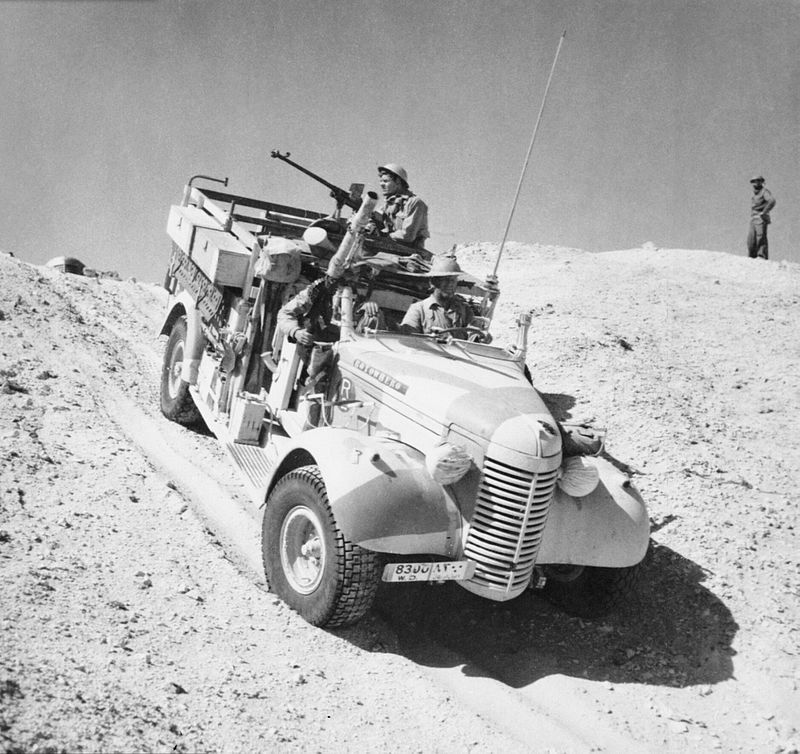
“Only men who do not mind a hard life, with scanty food, little water and lots of discomfort, men who possess stamina and initiative, need apply.”
That was the advertisement that Bagnold sent to Allied units in North Africa when he started recruiting. And many answered the call.
The LRDG was extraordinary because it contained men from across the British Empire. The standard in the British regular army was to have distinct units based on nationality, for example, the 2nd New Zealand division was comprised of Kiwis, the 6th Australian division of Aussies, and the list goes on. In some cases, British officers led imperial units, for instance, Indian troops, but they were outliers.
The LRDG, however, was an imperial melting pot, with soldiers from across the British Empire. There were fourteen patrols. Four were comprised of British troops, with two from the Guards divisions (G1 and G2) and two from the Yeomanry and other units (Y1 and Y2); four were manned by New Zealanders (R1, R2, T1, and T2); two were comprised of Rhodesians and South Africans (S1 and S2), and the final four (I1, I2, I3, and I4) belonged to the Indian Long Range Squadron (ILRS) and were attached but not assigned to the LRDG. The Indian patrols were divided according to ethnicity and religion: there were Punjabi, Rajput, Jat, and Sikh patrols.
The typical LRDG patrol had five or six Chevrolet 30cwt wide-body unarmored trucks, also known as 30-hundred-weighters, plus an American-made Willy Jeep for the patrol commander. The trucks had ten-inch sand tires with reduced pressure for improved traction, enabling them to traverse the desert with as few bog-downs as possible. The trucks could carry approximately two tons each, which amounted to about three weeks’ worth of rations and water, and had an effective range of 1,100 miles without refueling.

Windshields, doors, and hoods were removed to lessen the trucks’ weight and make them more sustainable in the field. The unit also had organic aircraft for the swift transportation of key personnel (e.g., the commanding officer visiting a forward-deployed patrol), medical evacuations of wounded soldiers (both friendly and enemy), communications, and limited resupply. To facilitate the work of friendly aircraft, LRDG patrols often manufactured landing strips in various parts of the desert but also close to their forward-deployed headquarters that the unit established in Siwa and Kufra, both of which were deep behind enemy lines.
The average LRDG patrol packed impressive firepower for its small size. Their trucks were outfitted with an assortment of Boys anti-tank rifles, Vickers Ks and .50 caliber machine guns, Browning 0.30 and 0.50 caliber machine guns, and Bofors and Bredas 20mm cannons. On top of all that, the LRDG troopers carried their personal firearms, grenades, and explosives. Their arsenal made LRDG patrols a formidable foe for any Axis unit that encountered them by accident or design.
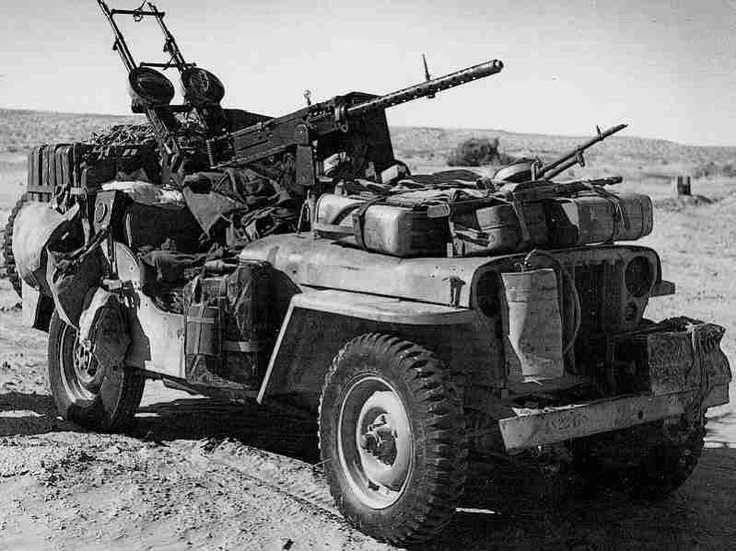
The immense physical demands required of an LRDG trooper made proper and sufficient nutrition essential. Captain Kenney Shaw, the unit’s Intelligence Officer, created the LRDG ration scale in consultation with military doctors. It prescribed for a daily intake of 5,000 calories and proved to be so effective that the newly established SAS adopted it. The operating environment, however, made stable resupply tricky at the best, and troopers often had to make do with what they had available. LRDG patrols covered thousands of miles on each mission, and patrols covering from 3,500 to 4,300 miles were not unheard of. An indirect benefit of the unit’s raiding operations was the capturing of enemy supplies, including rations and precious gas.
Related: Cabanatuan Raid: The largest rescue in American history
Piracy on the high seas
Trying to convince the military bureaucracy about the merits of his unit, Bagnold told his commanders that if they couldn’t find anything of note during their reconnaissance operations, they would carry “some piracy on the high seas against enemy convoys.” To do so, they had to be excellent navigators in a very strange sea indeed.
The peculiarities of the desert environment, such as the lack of distinct landmarks and the similarity of the terrain, meant that LRDG patrols had to navigate like sailors. During the inter-war period, Major Bagnold had managed to develop a special sun compass (the Bagnold Sun Compass) that worked by matching its disc to the azimuth of the sun at regular intervals.
Speaking about the compass, Major General David Lloyd Owen, a veteran of the LRDG, said that “the advantage that it gave us over the sun-compasses used by the rest of the Army lay in the fact that it showed the true bearing of the course followed at any moment.”
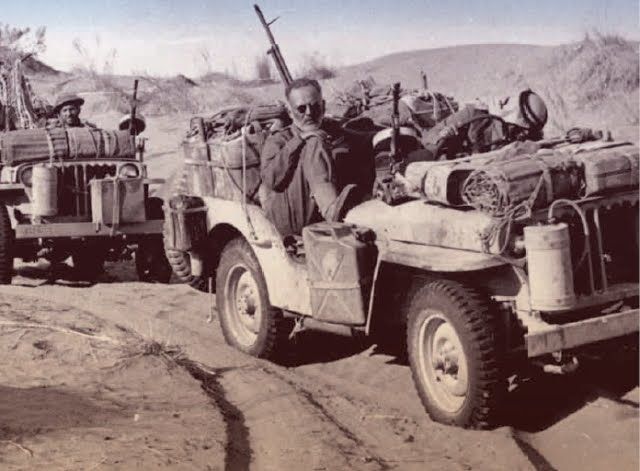
This allowed LRDG patrols to navigate the desert, which was packed with sand dunes and rough country, without getting lost—a lifesaving feat considering the unforgiving terrain they were operating in. It was also a key technological advantage over their foe. Among the terrain features that LRDG patrols had to navigate through were the Great Sand Sea, the Calanshio Sand Sea, the Rebiana Sand Sea, and the Qattara Depression. Consequently, the job of the navigator was probably the most important in a patrol, with that of a signaller coming a close second given the LRDG’s reconnaissance duties and the necessity to transmit intelligence to headquarters quickly and securely.
Following the end of the North Africa campaign, the LRDG fought in the Balkans and Italy, distinguishing itself time and again. When the war ended, LRDG troops of different nationalities took their lessons learned back to their countries and influenced the creation of the Australian Special Air Service and New Zealand Air Service. In the U.K., the desert skill sets of the LRDG still live to this day in the British special operations community.
Editor’s Note: This article was originally published in February 2022. It has been edited for republication.
Read more from Sandboxx News
- Ukraine says it busted a Russian spy ring that was gathering information about its F-16s
- 6 critical questions that will shape the future of Syria
- Starman: The Green Beret superhero who was meant to be there
- Drones swarmed a military base for days and the Pentagon still doesn’t know why
- The Air Force’s B-47B Stratojet bomber made Soviet generals sweat
Related Posts
Sandboxx News Merch
-

‘AirPower’ Classic Hoodie
$46.00 – $48.00 Select options This product has multiple variants. The options may be chosen on the product page -

‘Sandboxx News’ Trucker Cap
$27.00 Select options This product has multiple variants. The options may be chosen on the product page -

F-35 ‘Lightning’ Framed Poster
$45.00 – $111.00 Select options This product has multiple variants. The options may be chosen on the product page
Stavros Atlamazoglou
Greek Army veteran (National service with 575th Marines Battalion and Army HQ). Johns Hopkins University. You will usually find him on the top of a mountain admiring the view and wondering how he got there.
Related to: Military History, Special Operations

SDV: The secret weapon of the Navy SEAL Teams

What damage can Ukraine inflict on Russia using its long-range Western weapons?

C-5 Super Galaxy: Anywhere in the world in 24 hours

Ukraine peace negotiations don’t look promising
Sandboxx News
-

‘Sandboxx News’ Trucker Cap
$27.00 Select options This product has multiple variants. The options may be chosen on the product page -

‘AirPower’ Classic Hoodie
$46.00 – $48.00 Select options This product has multiple variants. The options may be chosen on the product page -

‘AirPower’ Golf Rope Hat
$31.00 Select options This product has multiple variants. The options may be chosen on the product page -

‘Sandboxx News’ Dad Hat
$27.00 Select options This product has multiple variants. The options may be chosen on the product page
